“The zinc die casting process refers to melting the metal and pushing it into a two-piece steel die that contains multiple cavities. These cavities are exact inverse replicas of the part.”
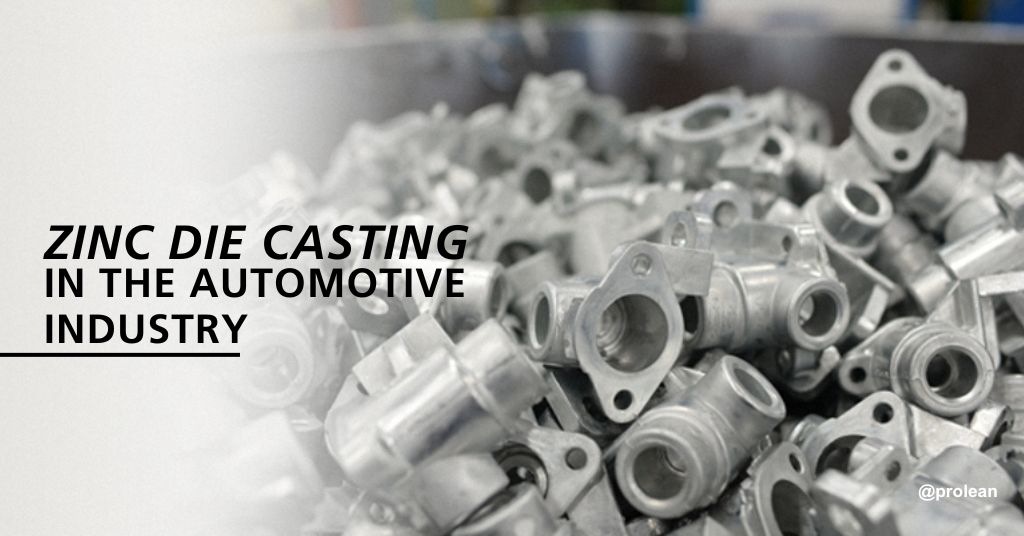
Die casting refers to the categorization of heat and pressure that injects the molten metal into the mold. But there are different parts that this process can help manufacture with various metals.
Die casting manufacturers also categorize the type of material they want to use in die casting. Zinc die casting is one of the most prominent methods in the industry that offers high strength and toughness. This is why zinc die casting is highly popular across industries like automotive, aerospace, and electrical. The production of various internal and external automotive parts are produced from zinc die casting. This article will discuss the importance of zinc die casting, especially in the automotive sector.
What is Zinc Die Casting?
In technical terms, the process of zinc die casting encompasses the melting of zinc alloys to inject into the die casting mold. This mold has generally two parts, one is fixed and the other is a moveable part called the ejector.
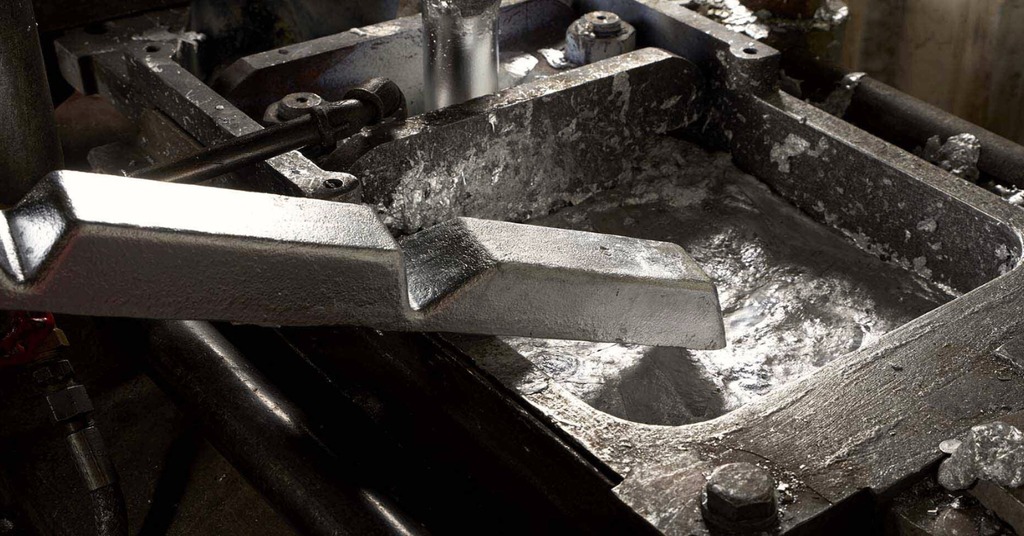
The first part is attached to the die casting machine while the ejector die is half fixed to the moveable fixing plate containing the casting ejector. Zinc alloys are primarily the main actors in the process as they help manufacture diverse parts on low heat.
These alloys have a low melting point that promotes the die’s longevity while reducing the costs that come along with other types of die casting. Moreover, the zinc die-casting process also enhances the required time before retooling, making it convenient for large-scale mass production.
Try Prolean Now!
Process Steps of Zinc Die Casting
Zinc die casting is a multi-step process that contains alterations based on part size and machine types. It is also referred to as hot chamber die casting which generally involves these four core steps.
1. Die Preparation
The first step is the preparation of the die in which engineers have to clean the die-cast mold to eliminate the impurities. Afterward, lubrication comes into play to enable better ejection of the part. This step concludes when the manufacturer clamps the die with high pressure.
2. Injection
The second step in the cycle is the injection of the melted zinc alloy. Then, this solution is added to the machine’s shot chamber, making the chamber hot. This is why industrialists refer to it as hot chamber die casting. Nonetheless, the step comes to an end when engineers inject molten zinc into the die-casting mold at high pressures.
3. Cooling and Ejection
Cooling down the zinc within the mold occurs in step three which makes the shape of the mold. Finally, the ejection occurs when the solid zinc is clamped out from the die. Before this step, make sure to cool the mold and ensure the solidification of zinc before ejection.
4. Trimming
The last step of the cycle is trimming which finishes the zinc die casting process. As the name suggests, this step involves the removal of excess metals and defects that may have become prominent in the process. One upside of zinc is that it promotes the trimmed material for reusability and recycling.
Related To: What is Die Casting: Die Casting Process and Overview
Uses of Zinc Die Casting in the Automotive Industry
Coming back to the industrial uses of zinc die casting, the automotive sector is the primary user of zinc alloys as it makes the production of high-quality products. This allows the aesthetic quality with tight tolerances for shape morphology.
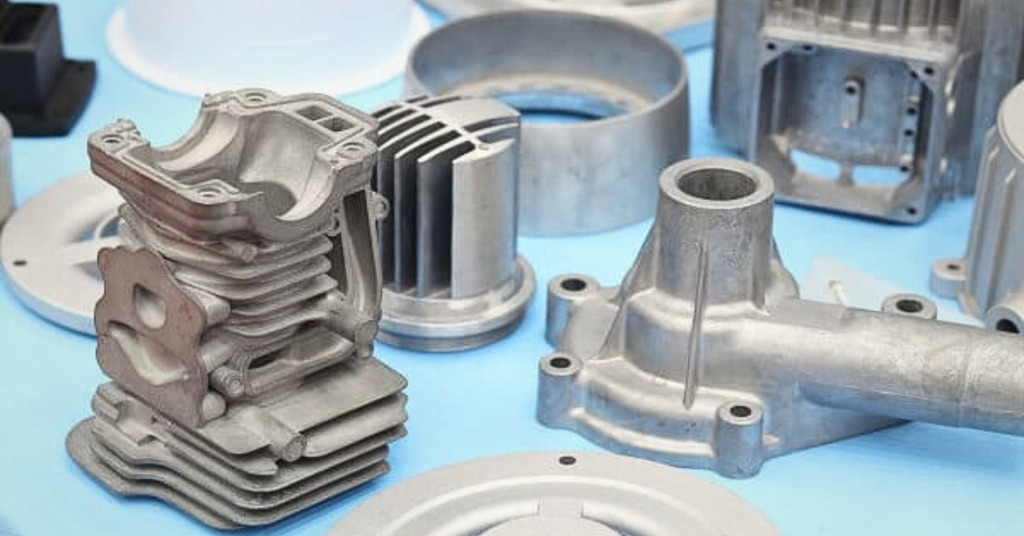
Zinc Die Cast Automotive Parts
In the process, the zinc alloy helps in plating purposes with great advantages including the enhancements of anti-corrosion zinc characteristics. In zinc die casting vs aluminum die casting, zinc alloys are two times stronger than aluminum. It also is heavy and has low melting points with better thermal conductivity.
As it has a wide range of benefits, the automotive sector uses it as a core process to produce diverse parts including:
- Interior Aesthetics
- Power Steering systems
- Brake Parts
- Hardware Chassis
- Seal Belt System
- Complex-net Shaped Housings
- Fuel Systems
The list goes on as the automotive sector heavily relies on zinc die casting for the manufacturing of most internal and external components.
Advantages of Using Zinc Die Casting
The advantages of zinc die casting are very broad as this process allows the development of durable end-products. Zinc strength, stability, and ductility allow highly resistant results. Here are the top five benefits of zinc die casting:
Electrical Thermal Conductivity
Zinc die casting has efficient electrical and thermal conductivity generally ranging from 110 to 127 W/m/K. These numbers indicate it is the right choice for producing medium to high-volume metal parts. The electrical conductivity is low at around 25% as per the international standards.
Low-Cost Material
Zinc die-casting parts provide a major benefit of recyclability. This makes it a low-cost material that is reliable for manufacturing. The zinc alloy die casting allows the formation of thin walls that have sections of small 0.4 mm making it a better pressure casting material. As it is environmentally friendly, zinc alloy parts produce the lowest waste making it budget-friendly.
Economical for Small Parts
Zinc has better mechanical properties than most metals which makes it ideal for manufacturing small parts. This is where it takes the lead over aluminum and magnesium as it is easy to assemble reducing time and cost consumption. Other properties that make it the first choice for small parts are corrosion resistance and firmness.
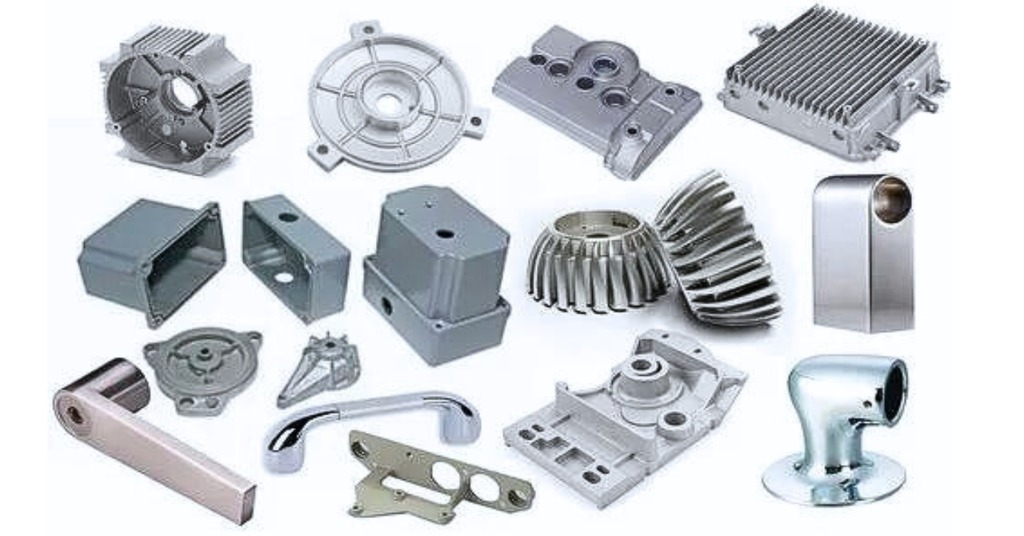
Miniaturization in Zinc Die Casting
Longer Tool Life
One big plus of using zinc die casting is the longer tool life. It has more durability than aluminum die-casting mold. The reason is the less abrasive nature and lower melting points that reduce mold damage and help in the extension of the overall alloy’s life. As a result, the cost of tooling also becomes low in comparison to aluminum and other die-casting materials.
Cast Complex Geometries
Another plus of zinc die casting is its stable nature. Zinc has dimensional stability which results in long-term reliability of parts. Manufacturing using core zinc alloys such as Zamak 2, ZA8, and AcuZinc5 makes it possible to cast complex geometries. However, some alloys suffer at very high temperatures (200°C). Zinc has high environmental stability that makes it stable for most complex parts.
Read more:
- Magnesium Die Casting: A Complete Process
- Revolutionizing Die Casting with Xiomis’s Super Large Die Casting technology
Try Prolean Now!
How Pro-Lean Help Firms Perform the Right Zinc Die Casting?
Prolean offers high-quality zinc die casting for multi-scale manufacturing which is efficient for a wide range of industries. Get up-to-date die-casting equipment that delivers the best quality parts to the market across various sectors.
Stay on your budget with Prolean’s medium to high-volume metal parts manufacturing with zinc die casting. We ensure that your business gets accurate results that are repeatable for a large number of products with great strength.
We offer endless options to manufacturers when it comes to the combination of materials, finishes, tolerances, and all other attributes. Get Pro-lean’s support where experts take care of the right manufacturing of delivery logistics.
Contact us for a complete walkthrough on zinc die casting for your specific product. Send us your requirements to get an instant quote with the most affordable price package.
Summing Up
Zinc die casting is the key component across various industries and the automotive sector is one of the primary consumers. In a nutshell, zinc and its set of alloys make it possible to produce components.
From the manufacturing of climate controls in cars to air conditioning components and systems, the automotive sector relies heavily on zinc die casting. Alloys like ZA 8, Zamak 7, and EZAC are compatible with the production of large-scale components. Especially in custom automotive parts manufacturing, zinc die casting provides high precision making it easy to assemble as a single unit.
FAQs
Q1. Why is Zinc important for die-casting?
Zinc alloys are key components that make the production of different metal parts easier as a result of zinc die-casting. It has excellent mechanical properties that make Zinc durable compared to other metal alloys.
Q2. Do Zinc Die casts get rust over time?
A simple answer to this question is that zinc is ideal for electrical and automotive applications due to its highly anti-corrosive nature. But in extreme conditions for instance, in marine and atmospheric environments with high amounts of salt, zinc die cast can eventually corrode after a while. Other than that in normal conditions, zinc die casts work best for most real-life products.
Q3. What is the process of zinc die casting plating?
The zinc die-casting process starts with an initial step where the electroplating of zinc with a heavy deposit of copper kickstarts. After plating, the parts are polished for a smoother surface after which it activates the copper surface with nickel and chromium.

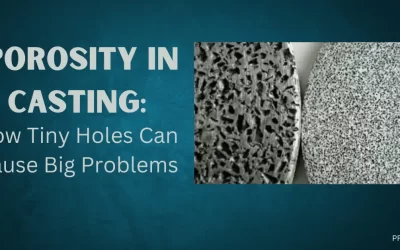
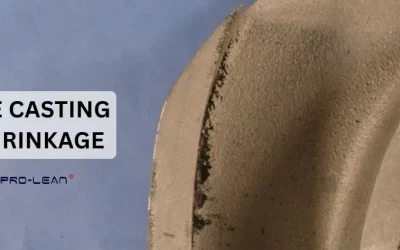
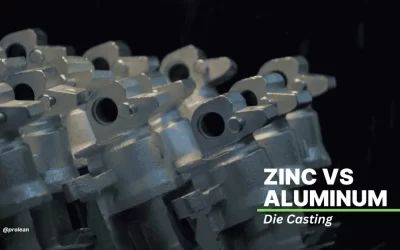
We are looking for the power-steering systems for our Go-kart prototypes. Do you think it is best idea to use zinc-casted for this application?
Yes, you can prototypes the go-kart steering system with the zinc die casting. If you want further information’s please upload your design!